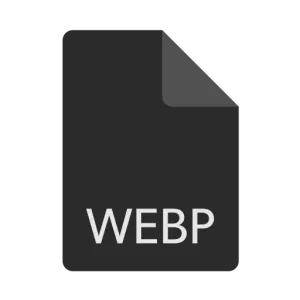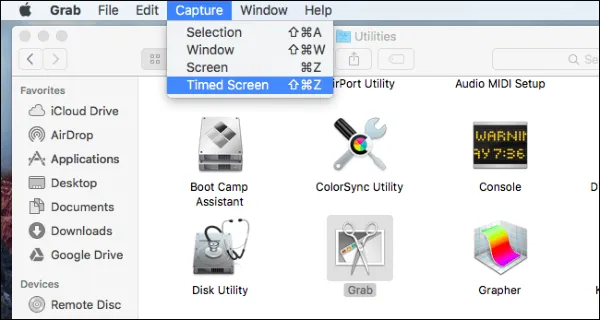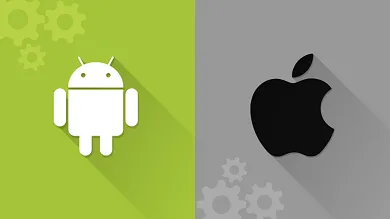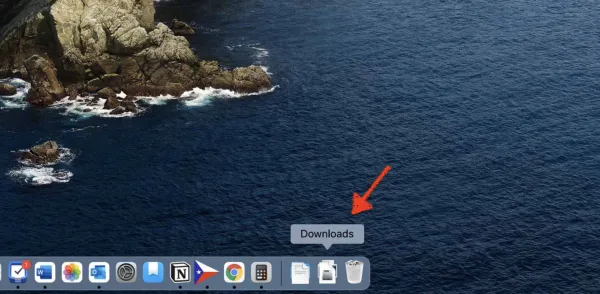We have now entered the mobile and connected era of computing. Everybody owns a smartphone, and everybody is always connected to the internet. Yet, we still rely on the same old image formats to display images on the web. GIFs, JPEGs, and PNGs are the most commonly used image formats, but they are not always the best choice. That is why the WEBP file format was created.

What Is WEBP File Format?
WEBP is a new image format developed by Google. It is designed to be a more efficient alternative to the traditional image formats. It is based on the VP8 video format and uses lossy and lossless compression to reduce the file size of images. This makes it ideal for displaying images on the web, as it can reduce the size of images without sacrificing quality.

Features of WEBP File Format
The WEBP file format has several features that make it a great choice for displaying images on the web. Here are some of the features of WEBP:
The WEBP file format is a modern image format developed by Google that offers superior compression and quality compared to other image formats. It is designed to be used on the web, and is supported by most modern web browsers. Some of its features include lossless and lossy compression, transparency support, animation support, and support for both still images and animated images. WEBP files are typically smaller in size than other image formats, making them ideal for web use. They can also be opened and edited with most image editing software, including Adobe Photoshop and GIMP.
WEBP files are often used to reduce the size of images on websites, making them load faster and reducing bandwidth usage. They are also used to create animated images, such as GIFs, and can be used to create high-quality images for print. WEBP files are also compatible with most operating systems, including Windows, Mac, and Linux.
If you need to open or create a WEBP file, you can use a variety of tools, such as opening zip in mac or what does a disk drive do . You can also use online tools to convert other image formats to WEBP, or to convert WEBP files to other formats.
- Smaller File Size: WEBP files are much smaller than traditional image formats, which makes them ideal for displaying images on the web. This can help reduce the load time of your website, which is important for SEO and user experience.
- High Quality: Despite its small file size, WEBP images are still high quality. This means that you can display high-quality images on your website without sacrificing performance.
- Cross-Platform Compatibility: WEBP is supported by all major web browsers, including Chrome, Firefox, and Safari. This means that you can use WEBP images on any website without worrying about compatibility issues.
Why You Should Use WEBP
WEBP is a great alternative to traditional image formats. It can help you reduce the size of your images without sacrificing quality, which can help improve the performance of your website. It is also cross-platform compatible, so you can use it on any website without worrying about compatibility issues.
Forget about GIFs and Embrace WEBP (Image format for Web)
GIFs are still widely used on the web, but they are not always the best choice. They are often large in file size, which can slow down your website. WEBP is a great alternative to GIFs, as it can reduce the size of your images without sacrificing quality. This makes it ideal for displaying images on the web.
Conclusion
WEBP is a great alternative to traditional image formats. It can help you reduce the size of your images without sacrificing quality, which can help improve the performance of your website. It is also cross-platform compatible, so you can use it on any website without worrying about compatibility issues. So, if you are looking for an image format for the web, forget about GIFs and embrace WEBP.
For more information about the WEBP file format and its features, check out Google's WebP page and this article from SitePoint.







